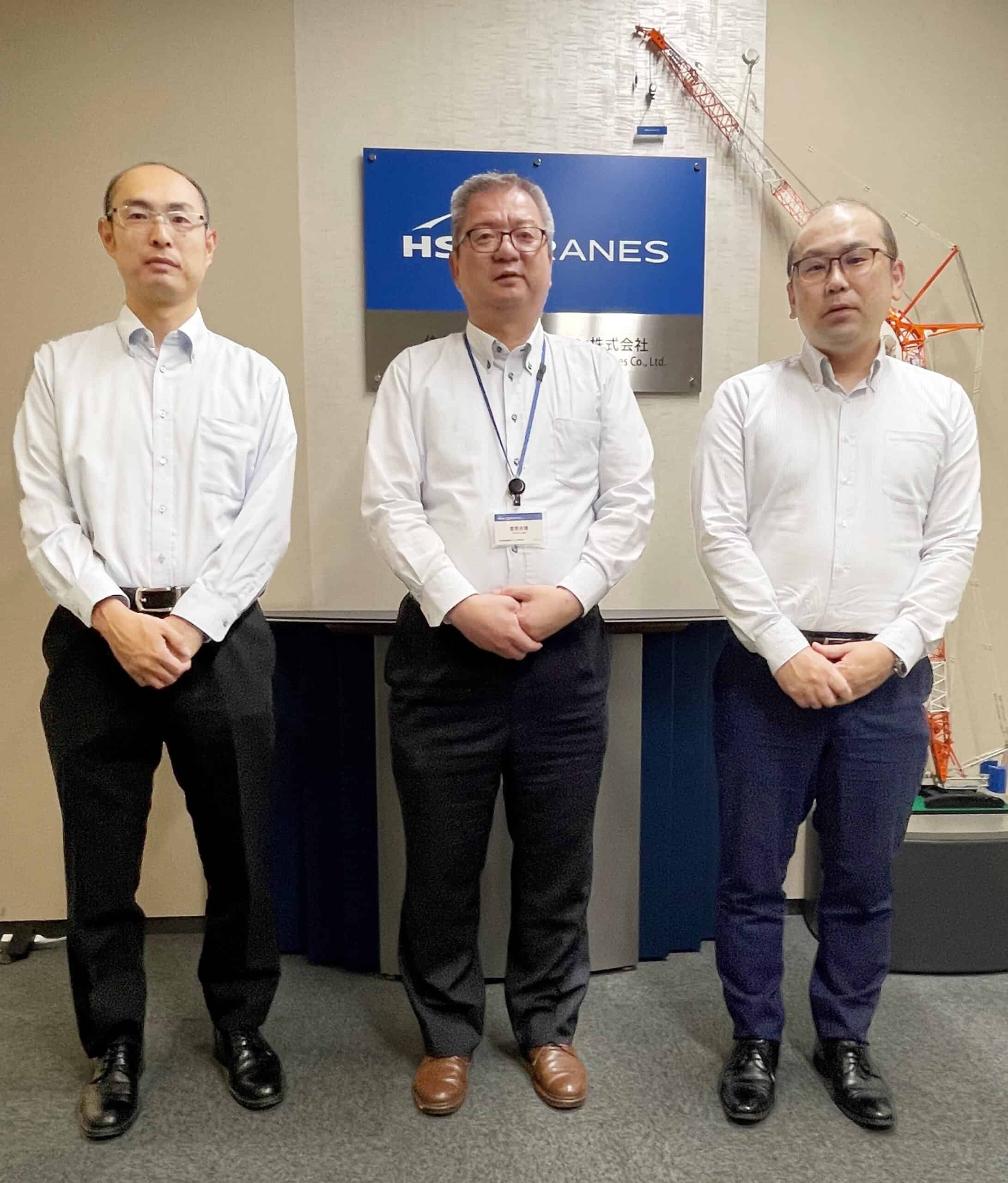HSC Adopts Mendix to Support Core System Transition
Sumitomo Heavy Industries Construction Cranes Co., Ltd. (HSC) is a leading Japanese corporate group. Since its inception in 2002 as Hitachi Sumitomo Heavy Industries Construction Cranes Co., Ltd., a collaboration between Sumitomo and Hitachi, both of which have long supported Japan’s economic growth with innovative cranes.
In 2018, it was renamed Sumitomo Heavy Industries Construction Cranes Co., Ltd., becoming a consolidated subsidiary of Sumitomo Heavy Industries, Ltd., and started anew (in 2022, it became a 100% subsidiary of Sumitomo Heavy Industries, Ltd.).
HSC originally relied on OutSystems for low-code development, however the platform posed investment risks due to its cost structure, which depended on the number of features and integrated systems. By adopting Mendix, HSC could achieve growth without concern for license costs. Mendix enables skill acquisition in less than half the time compared to other languages and has increased the in-house development ratio to 50% (in terms of system count).
The Need for High-Speed Development
Although the company name was changed in 2018, the shift toward in-house development dates back to 2017 when the capital structure was revised. As it became a consolidated subsidiary of Sumitomo Heavy Industries, Ltd., HSC decided to withdraw from the shared-use system provided within the Hitachi Group, necessitating a rapid transition to a new accounting system.
Previously, HSC used OutSystems products for data format exchange purposes. While Outsystems was initially intended for low-code development during the accounting system transition, projected growth revealed that Outsystems’ costs would significantly exceed the budget. This was due to Outsystems’ pricing structure, which increases with additional functionality and system enhancements.
Katsuhiro Sugano, HSC‘s Information Systems Manager, recognized the need to explore alternatives. Sugano selected Mendix, another global leader in low-code development. Mendix offers a pricing model that accommodates system expansion and scalability, aligning with expected growth post-transition.
At the time, BuildSystem Corporation was the sole provider of Mendix in the Japanese market. Sugano entrusted BuildSystem with replacing Outsystems with Mendix for development, which was successfully completed, enabling HSC to continue advancing low-code development using Mendix.
Challenges with In-House Development
Having successfully navigated the rapid core system transition, Sugano’s next goal was to enhance in-house application development. Sugano, who joined HSC in 2015, saw an opportunity to reduce the 100% outsourcing costs of application development.
He emphasized the need to rapidly deliver applications while accumulating development know-how internally to support the company’s growth. To achieve this, the Information Systems Department under Sugano aimed to improve the in-house development ratio.
Currently, Takashi Watanabe and Takao Noguchi, both senior managers in the System Group of the Information Systems Department, lead the in-house development efforts using Mendix. However, the journey was far from smooth, as the team encountered challenges such as:
- A lack of standardized development rules.
- Securing development personnel as a result of the nationwide shortage of IT talent in Japan.
While Mendix met expectations for reducing coding time, the isolated module development approach for each project limited cost reduction benefits as the corporate system grew. To address this, HSC‘s Information Systems Department standardized modules and user configurations across systems, making previously developed modules reusable in new projects.
To promote the use of Mendix and grow the potential talent pool, HSC implemented governance measures. This included banning other low-code tools and programming languages like Java, while establishing “development standards” in 2019 to define best practices for Mendix-based app development.
Education for low-code beginners was also robust. Takashi Watanabe explained, “Mendix itself contributes to shortening programmer training time, enabling developers to acquire skills in less than half the time required for other languages.” However, with increasing competition for IT talent due to the looming “2025 digital cliff,” Watanabe noted that further efficient training initiatives are planned.
As a result of these efforts, the in-house development ratio at HSC has reached 50% of all new projects. Sugano expressed his vision to further advance in-house development, stating, “We aim to contribute more actively to HSC‘s expansion and, ultimately, to the growth of the Japanese economy.”
